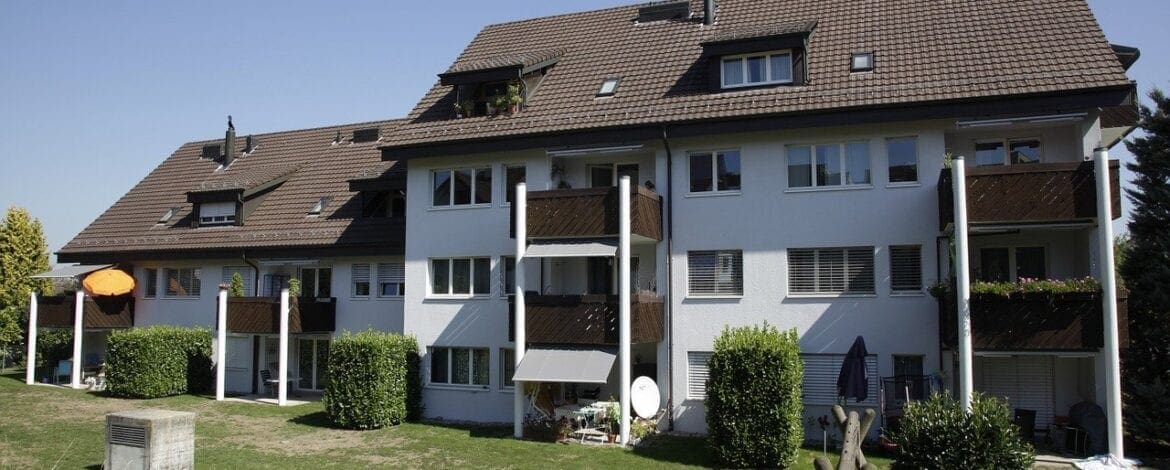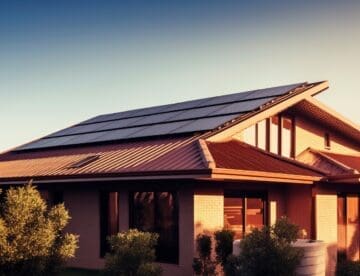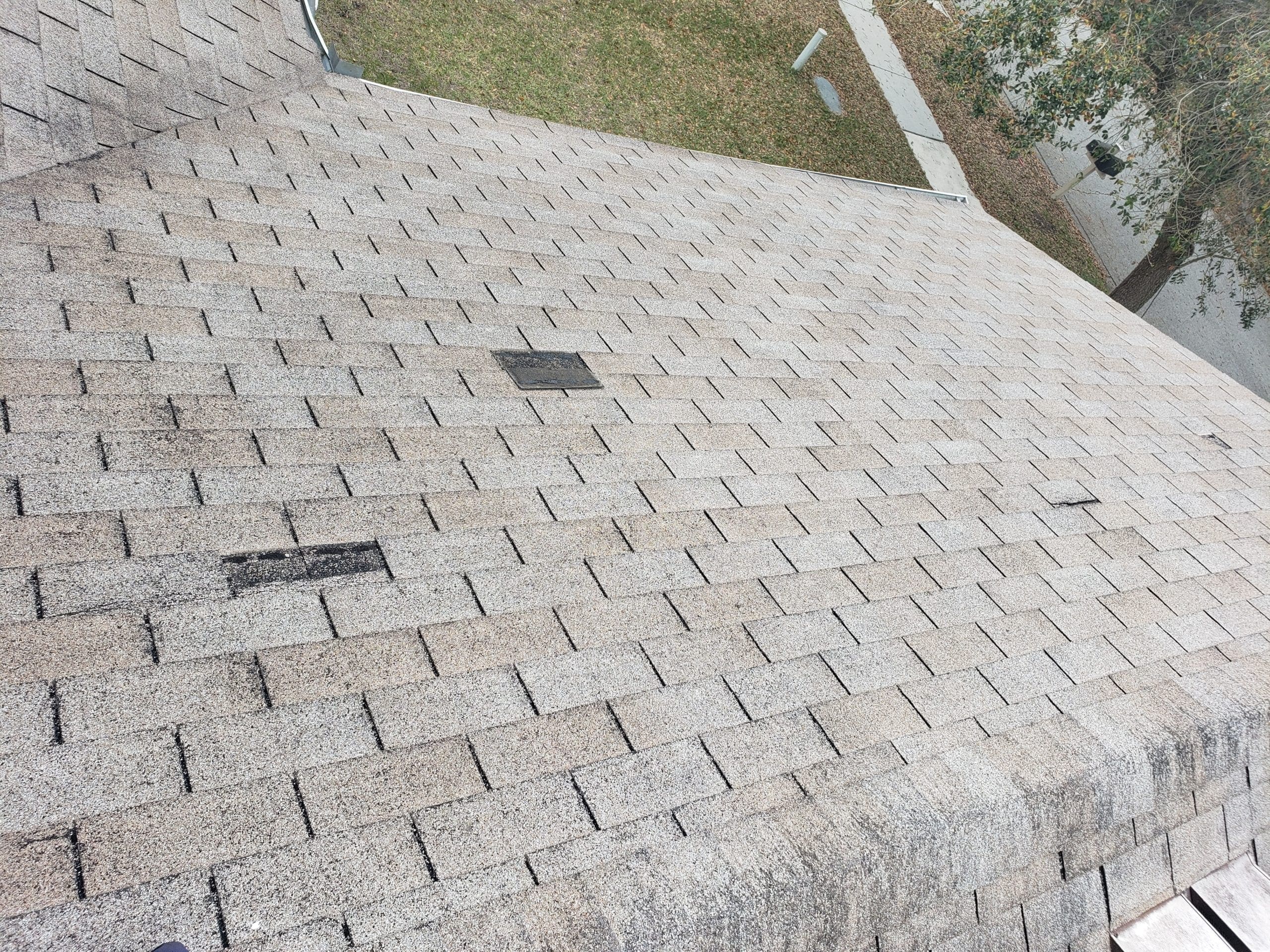Generally, homeowners don’t know how many degrees their pitched roof has, and in most cases, they don’t need to. Is it time for a new roof? Then knowing how to estimate roof pitch can help you choose the right roofing material for your home or commercial property.
Knowing the roof pitch is essential for two practical reasons. The first and more obvious one is that it will allow you to estimate how much material you need for your roof. The second, and arguably more important one, is that it will enable you to know which type of roofing material is best for your roof pitch.
How to Measure Roof Pitch
Angle, slope, incline, or roof pitch are used in context with a roof’s steepness. The most common term and the one we’ll be using is pitch.
The pitch of the roof is expressed and calculated in the form of “12 inches”. In other words, it’s determined by how many inches it rises for every 12 inches it goes horizontally.
So, how to measure roof pitch?
The most convenient and safest way to measure your roof’s pitch is to do it from underneath, from inside the building. If you can’t measure the pitch this way, you can do it from the top of the roof or one of the edges, but make sure to have a stable ladder.
To measure your roof, you’ll need a long tape measure and a contractor’s level that’s at least 24 inches long.
A simple way to calculate your roof’s pitch is to divide your results by the number of 12-inch segments in the level. For instance, if you have a 24-inch level and you’ve measured a length of 12 inches, your roof’s pitch is 6-in-12. You can also use a Roof Pitch Calculator to make the process easier.
Some homeowners prefer eyeballing the pitch from the ground by using a ruler and level. This isn’t the best way of going about it, as it only gives you a rough estimate of the pitch and the materials needed.
How to Order Materials Based on Roof Pitch
Once you’ve measured the size and pitch of your roof, you’ll be able to calculate how much material you need for a new roof without overspending or leaving yourself short.
To do this, you’ll again have to do some basic math using industry-standard multipliers based on roof slope. For a more thorough rundown, check out the table below:
| Roof Pitch | Slope Factor |
| 1:12 | 1.01 |
| 2:12 | 1.02 |
| 3:12 | 1.03 |
| 4:12 | 1.05 |
| 5:12 | 1.08 |
| 6:12 | 1.12 |
| 7:12 | 1.16 |
| 8:12 | 1.21 |
| 9:12 | 1.25 |
| 10:12 | 1.31 |
| 11:12 | 1.36 |
| 12:12 | 1.42 |
Depending on your roof structure, you can also calculate the valley and hip factor, which exponentially increases with the roof’s slope.
Strengths and Weaknesses of Different Roof Slopes
Each type of roof pitch offers different benefits and drawbacks. Here are the most important strengths and weaknesses of various roof slopes:
- High-pitch Roofs — Aesthetically pleasing, dynamic, and not for everyone’s budget. These are the three attributes that best describe high-pitch roofs. They are non-walkable, require little maintenance but higher repair costs as only licensed contractors with the proper equipment should work on high-pitch roofs.
- Medium-pitched Roofs — Roofs with a medium-pitched slope are an excellent choice for homeowners in regions that see heavy rainfall and snow during the year.
- Low-pitch Roofs — Easiest to install, low-pitch and flat roofs are also cheaper than the other two options. That said, when it comes to the latter, flat roofs aren’t an ideal choice in regions with heavy rainfall. This is because they require more maintenance and can be prone to leaks.
Materials You Can Use for Pitched Roofs
A pitched roof is one that has a slope of at least 3-in-12. Some variations of pitched roofs have nearly vertical faces and can have a pitch of 20-in-12. Compared to classic flat roofs, they are much more challenging to install and don’t support certain roofing materials.
Pitched roofs are most often associated with shingles in Florida, with asphalt shingles being the most prevalent choice. Shingles are the most versatile roofing material, simply because there are so many variations, making them suitable for everyone’s budget and preferences. Shingles also allow you to mix and coordinate roof colors to create a unique and charming roof for your house.
Asphalt shingles as the least expensive option. Wood, metal, tile, and heavy slate shingles as the more costly options. Your roof can cost you between $8,000 and $35,000, depending on your choice of material. If you’re working on a tight budget but want to make sure you get a quality roof over your head, make sure to read out tips on the four best ways to plan and pay for a roof replacement.
Contact Us for a Free Quote
With these tips, you’re now equipped with everything you need to know to estimate your roof’s pitch and pick the best roofing material. If estimating your roof’s pitch seems like a difficult or overwhelming task, it’s always best to contact a licensed and trusted local roofing contractor.
As a family-owned business with 45 years of experience, we put great care into ensuring our clients get the best value for their money. Our roofing experts will help you estimate your roof’s pitch and assist you in choosing the best material for your new roof.
Call our friendly customer representatives at 813-373-9088. Or fill out our online contact form to get a free quote.




